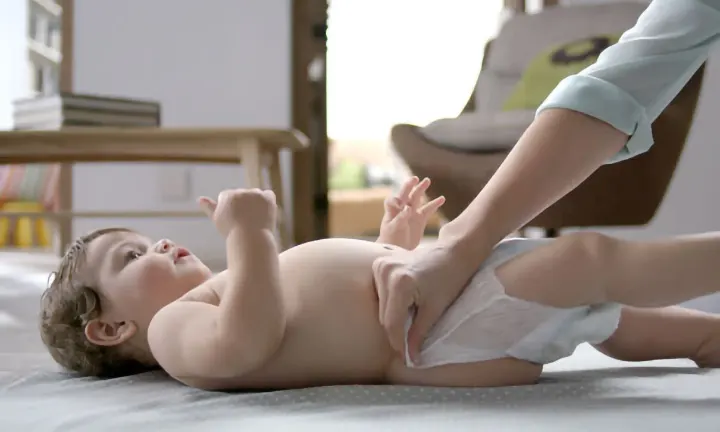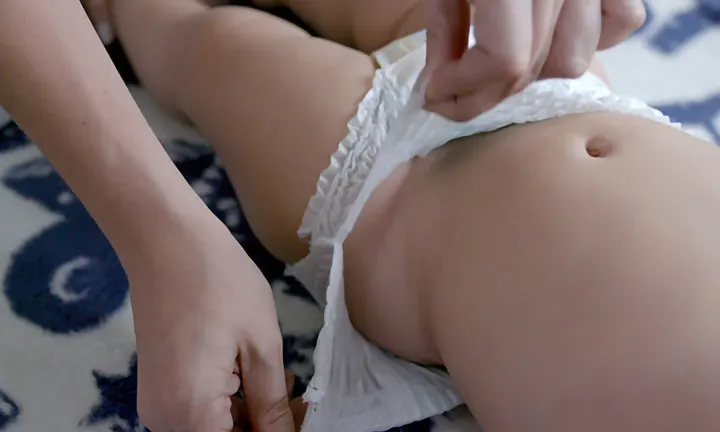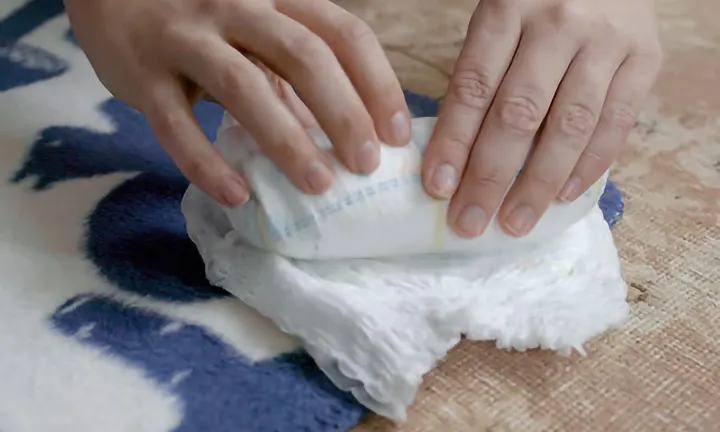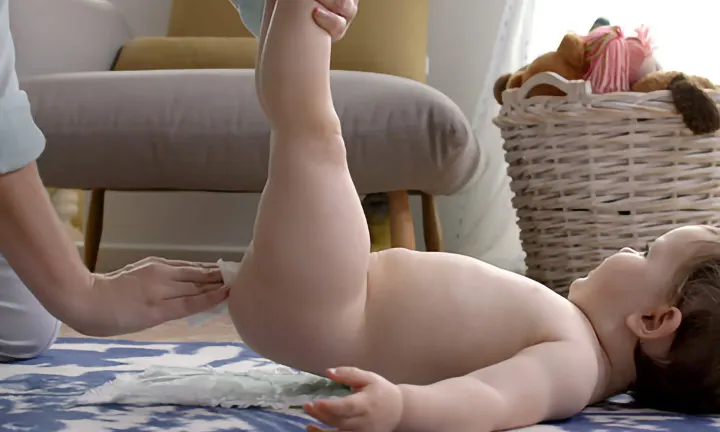How to Use Pampers Nappy Pants
Remember changing your first nappy? If it seemed difficult the first few times, you probably soon got the hang of it – but now you might be finding it more of a challenge again as your baby becomes more active and wriggly.
If your baby doesn’t lie still for nappy changes anymore, nappy pants could be the answer. Read on to find out if your baby could be ready to try them and learn how to use, change and dispose of nappy pants.
What Are Nappy Pants?
Unlike regular nappies that you wrap around your baby’s bottom and secure with tapes at the side, nappy pants have an all-round waistband that makes them ideal for active babies and toddlers who are less willing to lie still for a nappy change.
In fact, your child doesn’t even have to be lying down to use nappy pants. Just encourage him or her to step into the leg openings, then quickly pull them up.
Are Nappy Pants as Absorbent as Regular Nappies?
Yes! Nappy pants keep your baby just as dry as your other Pampers nappies, with up 12 hours of dryness. They also offer great protection against leaks and blowouts as the snug-fitting 360-degree waistband and all-round leg cuffs gently fit to your child’s body shape while allowing your little explorer to wriggle, crawl and walk freely.
When Can I Switch From Regular Nappies to Nappy Pants?
There’s no hard and fast rule on when you can start using nappy pants, but if your little one starts rolling, wriggling or even crawling away from you during nappy changes, it might be a tell-tale sign that your baby is ready to try them.
It differs for every child, but many parents start using nappy pants when their baby is around 6 to 9 months old.
How to Change Pampers Nappy Pants
If your baby seems ready to try them and you’re wondering how to use nappy pants, check out these step-by-step instructions to discover how easy it is to change them:
1) Remove the Nappy Pants
Just tear both sides of the nappy pants and, keeping the mess at the bottom of the nappy, slide the pants out from between your baby's legs.
2) Roll Them Up
3) Tape Them Up
Nappy pants have a tape on the backside that you can use to secure the rolled-up nappy, then simply throw it away.
Clean as Usual
Gently clean your baby's bottom as you usually would when changing regular nappies. Learn more about choosing the best baby wipe to clean and care for your baby’s skin.
Pop on a Fresh Pair of Nappy Pants
Pull on a fresh pair of nappy pants – the soft and stretchy waistband makes it easy to pop them on, no matter how wriggly your baby is. There you go, all done!
More Changing Tips for Active Babies
Here are a few more tips for nappy changes with an active, energetic baby or toddler:
Change your baby's nappy on the floor using a changing mat as it’s safer than using the changing table.
Distract your baby to make the change even easier. Try singing songs, giving your little one a special toy to play with or playing peekaboo from behind a pair of nappy pants.
Get your baby involved. Your increasingly independent toddler might enjoy being asked to fetch a new nappy or hold it while you remove the old one. Eventually, your little one may even help pull up the nappy pants.
If you're changing your baby's nappy while travelling or out and about, we've got some more tips for changing an active baby on the go.
Choosing the Right Size Pampers Nappy Pants
When switching from regular nappies to nappy pants, you might be wondering whether the sizing is different. Pampers nappy pants are available in sizes 3 or 4 upwards, and usually your little one is likely to need nappy pants the same size as the regular nappies you’re already using.
A perfectly fitting nappy or nappy pant is important for comfort and preventing leaks and blowouts. If you’re not sure what size nappy pants are best for your baby or whether your current nappy fits right, check out our nappy size and type guide and follow these handy tips:
The waistband should be just under your baby’s belly button.
The leg cuffs shouldn’t have any gap. After putting the nappy on, tun two fingers around just inside the cuffs to make sure they’re correctly positioned.
If you can slip two fingers under the waistband when the nappy’s on – this means the nappy’s not too snug or too loose.
If you see red marks when you take the nappy off, it’s probably time to move up a size.
WHAT'S MY BABY'S NAPPY SIZE?
Nappy Size Calculator
Find out your baby's nappy size, how many nappies you'll need per day and for how long:
FAQS AT A GLANCE
It differs for every child, but many parents switch to nappy pants when their baby is 6 to 9 months old. A tell-tale sign that your little one is ready for nappy pants is if he or she starts to roll or wriggle away during a nappy change.
The Bottom Line
If changing your increasingly active baby is a bit of a challenge these days, consider switching to nappy pants. They give your little one the freedom to move about and explore the world while proving maximum protection against leaks.
And, as you can see from this step-by-step guide, they’re easy to change while your baby is wriggling, trying to crawl away from you or even standing up. Just tear the sides of the old pair, roll and tape them up. Then, after cleaning your little one’s bottom just pull on a new pair and you’re good to go!
Read more about Safety and Commitment
Join Pampers Club and get:








